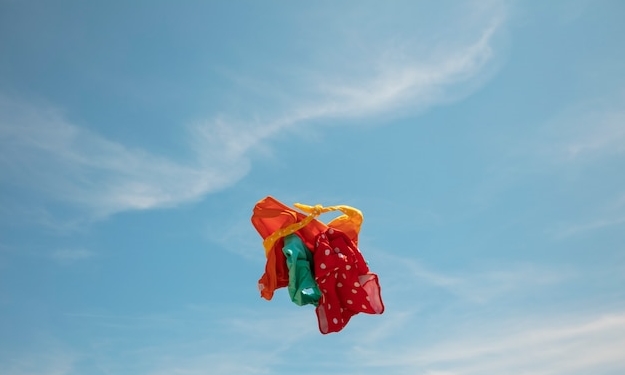
How much does it cost to go skydiving
The Cost of Skydiving: A Comprehensive Guide
Skydiving is an exhilarating experience that many dream of trying.
Understanding the Costs Associated with Skydiving
The cost of skydiving can vary significantly based on a variety of factors. Here, we will break down the key components that contribute to the overall price, including the type of jump, location, equipment, and additional services.
1. Types of Skydiving Jumps
There are a few different types of jumps that you can choose from, and each type comes with its own pricing structure:
- Tandem Jump: This is the most popular choice for first-time jumpers. You are harnessed to an experienced instructor who guides you through the jump. Prices for tandem skydiving generally range from $200 to $350.
- Solo Jump (AFF): If you’re looking to become a certified skydiver, the Accelerated Freefall (AFF) course is a popular option. This course typically costs between $1,200 and $1,500, which includes ground training and several jumps.
- Experienced Jumps: For those already certified, the cost for jump tickets usually falls between $25 and $40 per jump, depending on the location and drop zone.
2. Location and Drop Zone Pricing
The location of your jump plays a crucial role in how much you will pay. Certain drop zones may charge more based on their popularity, the facilities they offer, and regional economic factors. Here are some examples:
- Urban Areas: Skydiving centers in major cities may charge higher prices due to high demand and operational costs.
- Rural Locations: Smaller drop zones often offer lower prices, making these locations great for budget-conscious adventurers.
3. Additional Costs to Consider
Beyond the basic jump fee, several other costs may arise:
- Video and Photography: Many skydivers opt to capture their experience. Hiring a videographer to document your jump can cost between $100 and $200.
- Additional Training: If you are pursuing solo jumping, extra classes and training jumps will incur additional fees.
- Equipment Rental: If you’re jumping solo and don’t have your own gear, renting equipment can range from $30 to $100, depending on your needs.
4. Seasonal and Promotional Pricing
Many skydiving centers offer seasonal promotions or discounts, which can significantly affect the price. It’s a good idea to check for special offers during off-peak times or to inquire about group rates if you’re planning to jump with friends.
5. Insurance and Safety Considerations
While it’s not a direct cost of the jump, it’s important to consider insurance for your skydiving experience. Some companies include certain insurances in their fees, but additional coverage is often recommended. This can add around $10 to $25 to your total cost.
Final Thoughts
In conclusion, the cost of skydiving can vary widely based on many factors. On average, first-time tandem jumps range from $200 to $350, while experienced jumps can be as low as $25. Always consider additional costs such as video services and equipment rentals when budgeting for your skydiving adventure. It’s crucial to do your research, read reviews, and choose a reputable skydiving company to ensure a safe and enjoyable experience. Now that you have a better understanding of skydiving costs, it’s time to take the plunge and experience the thrill of freefall!